The Boston Garden closed 20 years ago today, but the mystery of the monkey lives on
A distinctly Boston urban legend
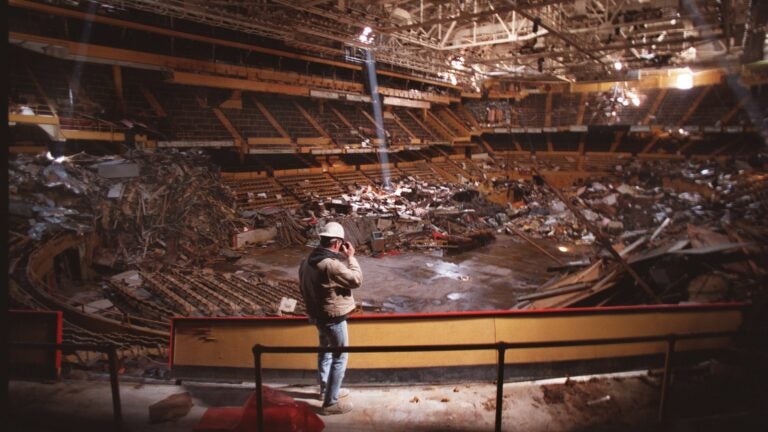
This piece is the first of a three-part series about the mystery of the Boston Garden monkey. To read the second installment, click here.
An era ended in Boston 20 years ago today. It was an era that included 16 NBA championship titles, five Stanley Cups, and countless other historical events. On September 28, 1995, the Boston Garden closed for good after one final exhibition game between the Bruins and the Canadiens.
While the old Garden is now a parking lot, one strange, related story has never been neatly paved and sealed: the legend of the Boston Garden monkey.
According to a May 1998 Boston Globe article, construction workers encountered something peculiar in the Garden about halfway through the building’s demolition.
“Add another bit of myth and mystery to the old Boston Garden now being slowly consigned to history by demolition crews,’’ Judy Rakowsky wrote for the Globe. “Workers said they found the remains of a monkey in the rafters Thursday, and were even moved to pause for a moment of silence, hard hats in hand.’’
In 1998, many were quick to turn to Ringling Bros. Barnum Bailey for answers. The circus visited Boston annually until October 1994. Garden officials checked with Ringling Bros. Barnum Bailey upon the monkey’s discovery in 1998, but the company could not recall an instance of ever misplacing a monkey in Boston, according to Rakowsky’s article.
Another possible explanation, from the Globe archives: When a traveling circus show made a stop in Boston in October 1937, a troop of excited monkeys attempted to escape the Garden, spreading out throughout the large, empty arena.

A Globe article from the next day recounts the free-for-all:
Swinging high in the rafters of the vast auditorium, scampering over beams that a cat would have shied at, the monkeys, escaped from their cage, romped, leaped, hung, and frolicked with such agility that seven of the best trappers of the Animal Rescue League could only catch three.
Eleven of the troop, remnants of the 244 on display last week at the performances of the London Hippodrome show, were left for the night with the entire Garden to play in. The Rescue League men, dizzy from climbing gingerly along the beams and rafters, finally had to give up the hopeless task.
The monkeys just wouldn’t be caught.
According to the article, the Animal Rescue League left with three monkeys and turned the “monkeys-at-large’’ over to the Garden.
Two days later, two more monkeys were caught.

“The tempting lure of ripe bananas was too much for two of the 11 monkeys that started out yesterday in freedom,’’ a Boston Globe article says. “A third monkey evaded capture yesterday by biting Ed Cronin, Garden employee, on the left arm.’’
According to that Globe article, the rest of the monkeys came close to being captured, enticed by the free food. But as they drew closer to their cages, a car outside of the Garden backfired, scaring the remaining nine monkeys back into the large arena.
That left nine monkeys that were unaccounted for, per the press.
Unfortunately, upon the monkey’s discovery in 1998, Rakowsky wrote that FleetCenter officials determined that the remains did not appear to be old enough to have come from the ‘30s.
So where could this monkey have come from? According to Rakowsky, a performance of The Wizard of Oz at the Garden also used monkeys, but none were reported to have gone rogue. Could it have been the Rafiki shedding his skin after a performance of The Lion King? A real-life Abu in Aladdin on Ice deciding that touring life just wasn’t working?
Maybe this monkey didn’t even exist.
After all, there are no photos of the monkey carcass, and according to the 1998 Globe article, when one construction worker wanted to bring the bones home, the demolition company, Morse Diesel Inc., told him to dispose of them instead.
Joe Bearak, senior vice president of Morse Diesel at the time and project executive in charge of both the demolition of the old Garden and construction of the FleetCenter, recalls no such thing.
“Absolutely not,’’ he said. “I was in charge of the project, and believe me, I would have known. It’s an urban legend. There were pigeons, there were rats, there were other things, but no monkeys.’’
Two decades later, it’s safe to say that the legend of the Boston Garden monkey still remains unsolved.
Scenes from the demolition of the Boston Garden:
[bdc-gallery id=”142779″]
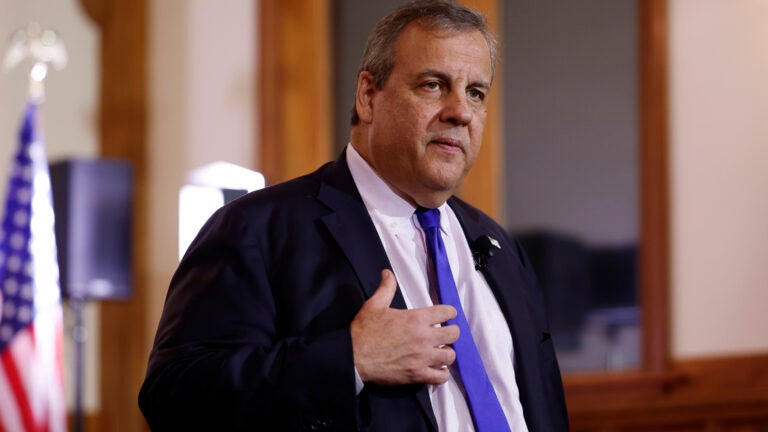
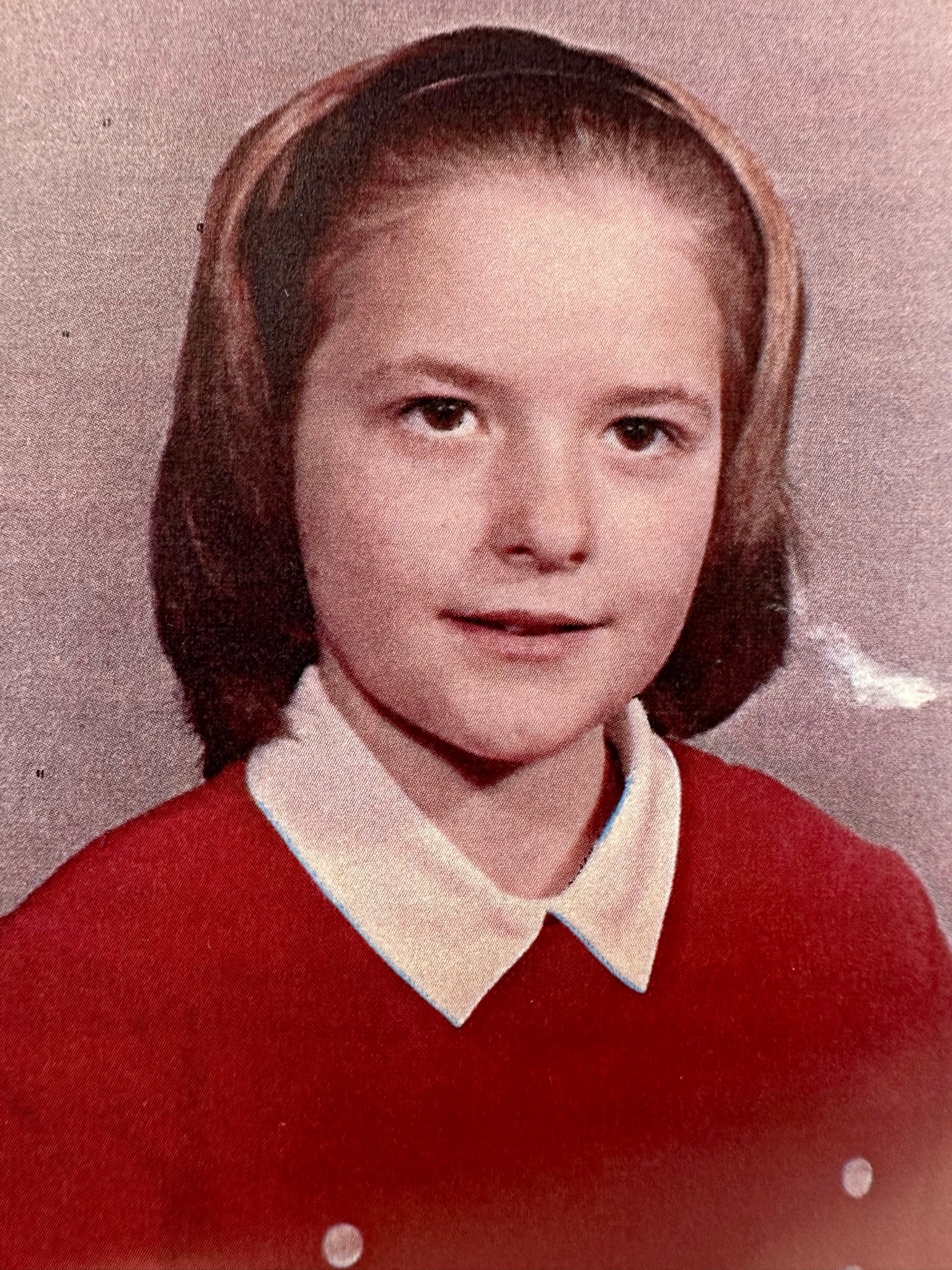

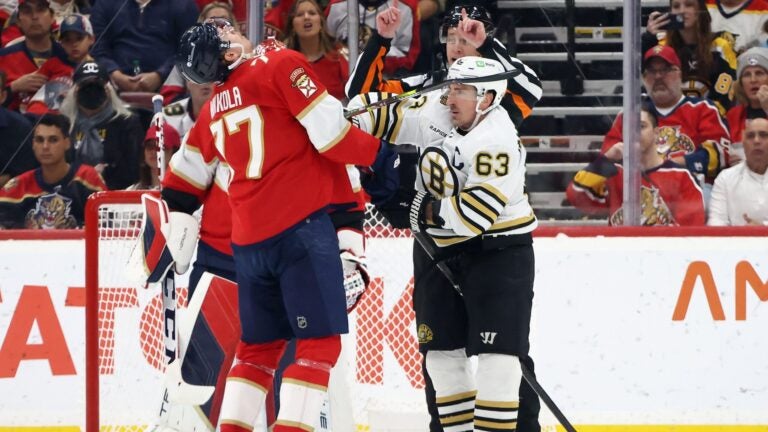
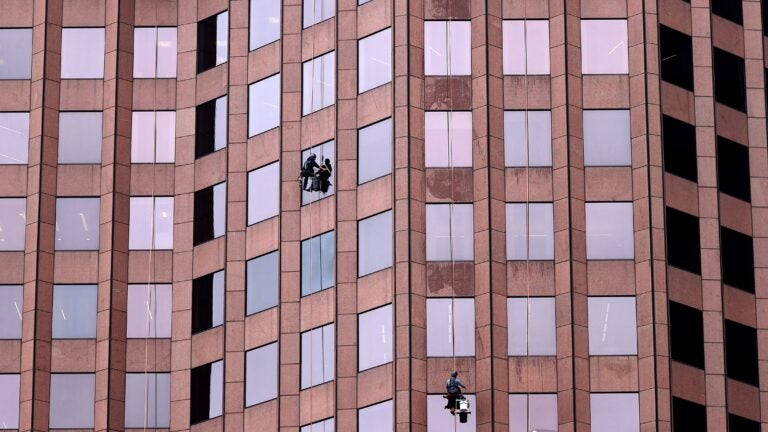

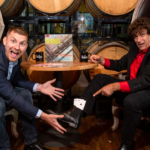
Conversation
This discussion has ended. Please join elsewhere on Boston.com